what Tehran is really like
Ok, so I posted some pictures (they're not mine) last time that didn't show up, so I fixed them and I implore you all to look at them, they are a really interesting look into a city that is normally caught in the throes of political turmoil.
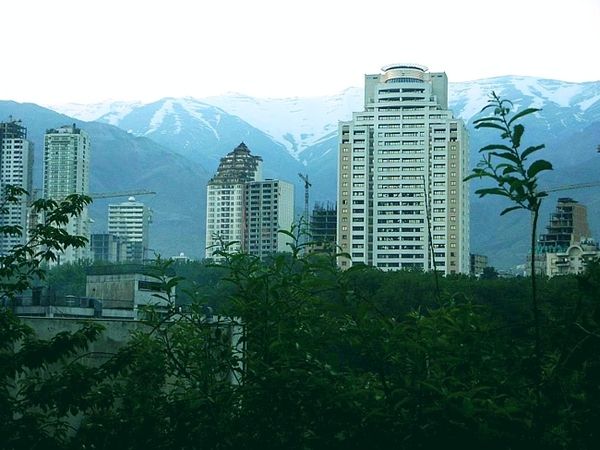
Why I will never be able to bike in the city: The so called "joub" is a water system unique to Iran. Water from the melting snow of the mountains surrounding the city runs through these small creek-like canals on both side of the streets of Tehran, and keeps the city lush with big trees that provide soothing shadows from the hot summer sun.
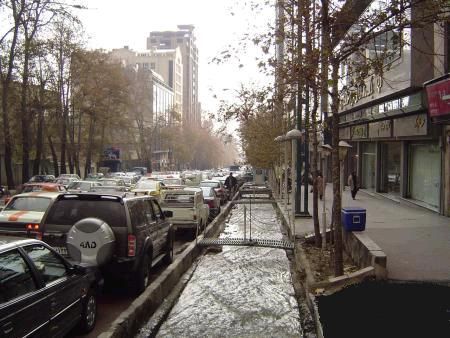
In contrast to some of the congested traffic roads in the midst of the city, tehran's freeways are actually surrounded by a lot of well taken care of fields and bushes:
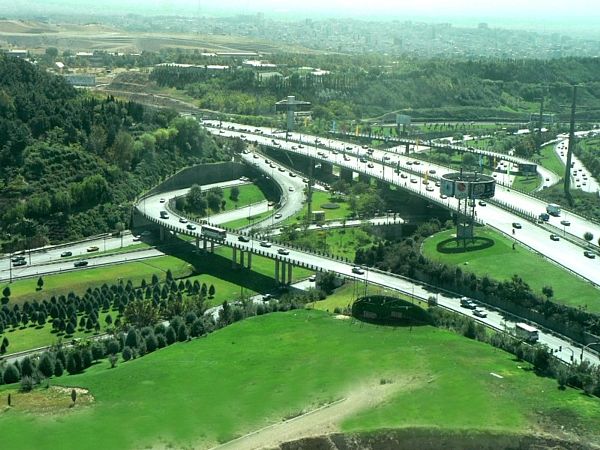
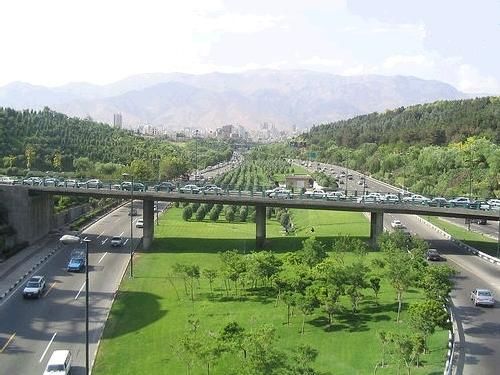
one of the 800+ parks in Tehran. Parks are an important place for the youth who escape the stifling atmosphere of their homes, and want somewhere to relax or meet with their friends. Just another testament to how lush and green Tehran is as a major global city!
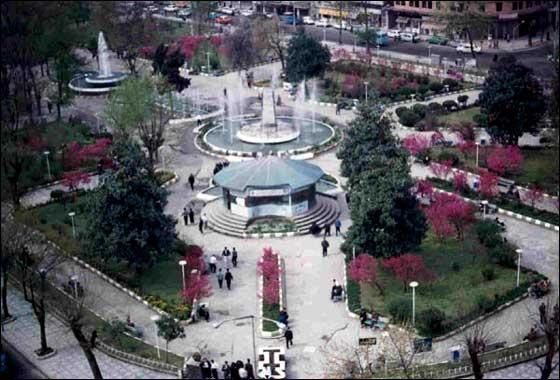
An abstract sculpture of what seems to be two birds, in another park in tehran.
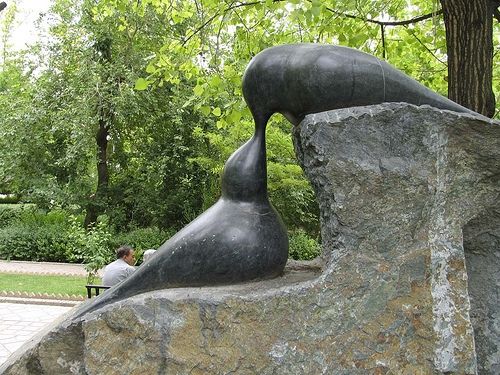
I don't know how many of you have been to the sculpture garden at the Hirsshorn Museum in DC, but there is an Arnaldo Pomodoro sculpture there of a bronze, rotating globe (sfera en sfera). It's very mechanistic and very cool. he also built one for the gardens of the MoCA in Tehran:
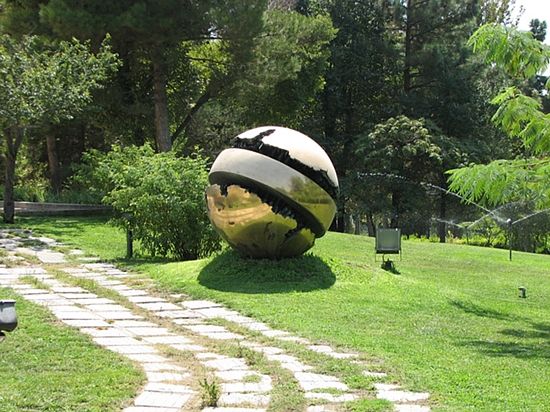
Speaking of the MoCA, here is a picture of an installation from there; the picture after isn't from the MoCA, but another contemp art gallery in Iran:
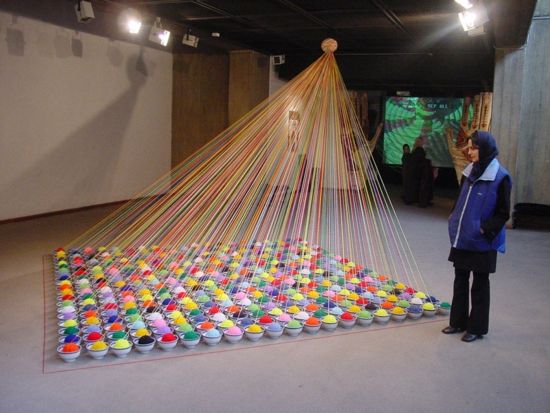
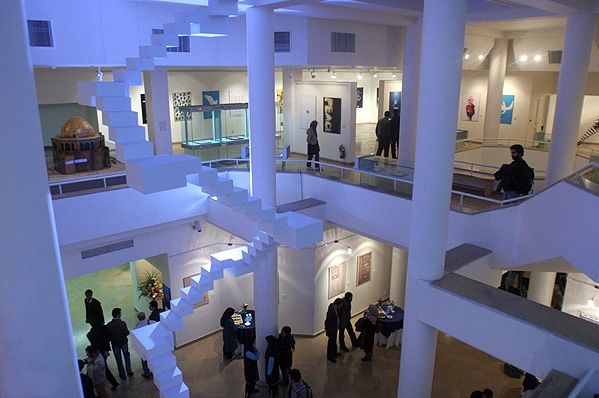
Imagine the cafes of Montmarte/Haight-Ashbury except surrounded by forests and slowly creeping up an enormous mountain range, and then you will understand the culture of Darband, an area of northern tehran filled with places where people can relax by eating fruit, pastries, drinking some tea and congregating with friends after a long workday.

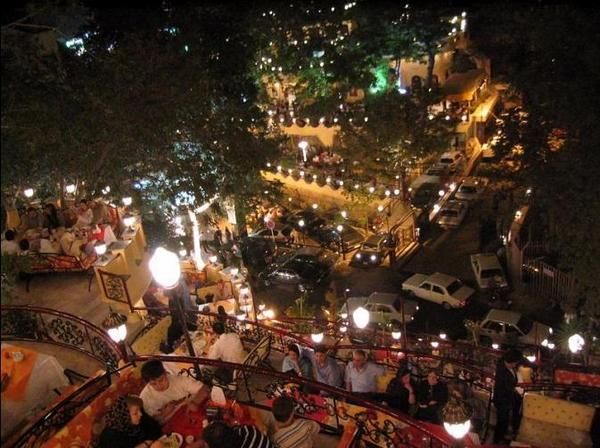

Although some of the best pastries in the world aren't actually in Tehran (they are in Yazd--"Yazd's confectioneries have a tremendous following throughout Iran, which has been a source of tourism for the city. Workshops (experts or khalifehs) keep their recipes a guarded secret and there are many that have remained a private family business for numerous generations. Baghlava, ghotab and pashmak are the most popular sweets made in the city.")
I have heard many foreigners say that Iran has some of the best pastries around. Our baghlava is very different from Greek Baklava.
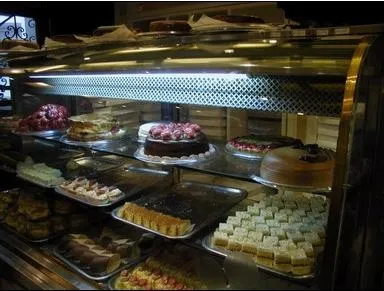


The first metro in Tehran was finally functional in 1999/2000, and they are working on new providing new lines for more areas in Tehran. I was looking at the pictures, and it looks very clean and pristine, which is kind of phenomenal cause I can't think of any subways that look like this anymore (so many of them are ooooold).
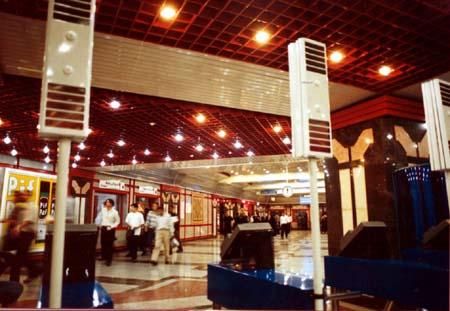
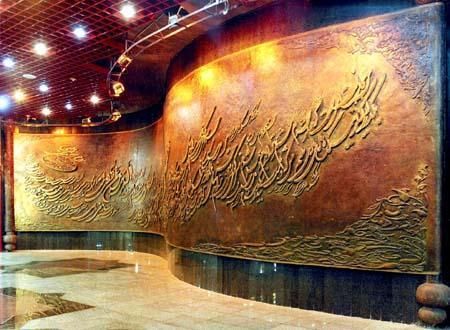
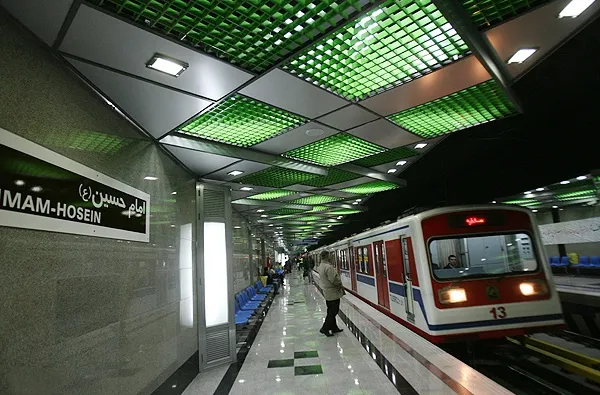
Kind of surreal, but a perfume menagerie in Tehran. I don't think those bottles on top are actually perfumes, but rather uncombined scents for perfumes.
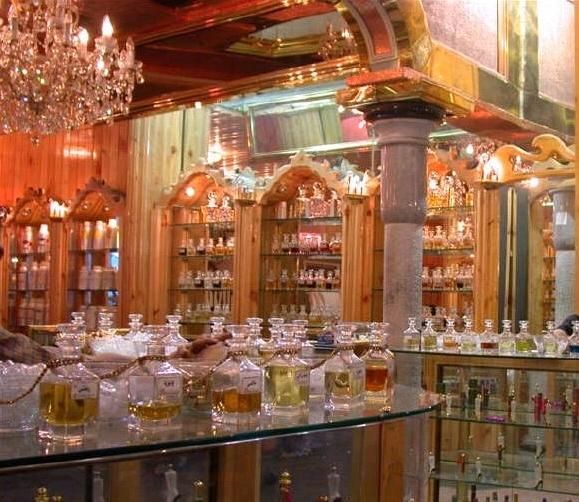
There may be no McDonald's in Iran, but there are Chinese food joints! LOL
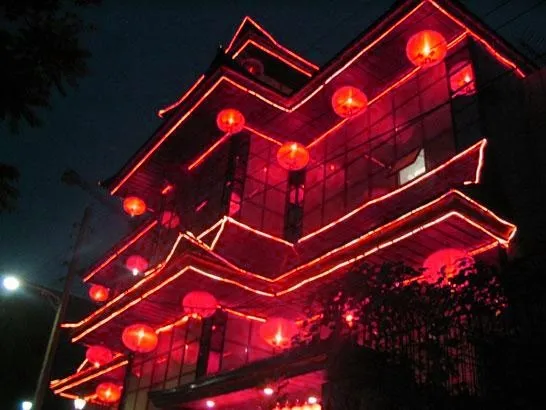
Built in 1974 for the purpose of hosting the Asian Games, and hopefully one day the Olympic Games. But then came the revolution which toppled the regime of the Shah, and Iran's aspiration to host the Olympics vanished over night. Back then it was called "Aryamehr Stadium" - Aryamehr was the title bestowed on the last Shah of Iran, and translates into "Light-of-the-Aryans" (The name of the country - "Iran" literally means "Aryan", which is ancient Persian for "Noble") Today it's officially called "Freedom Stadium" (Azadi). The AzadiStadium holds more than 100,000 people and the surrounding sports facilities include an indoor swimming pool which supposedly is the largest in the world, unless an even larger one has been built in recent years.
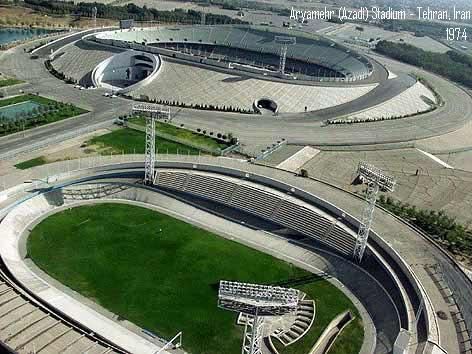
The Iranian Parliament (majlis)
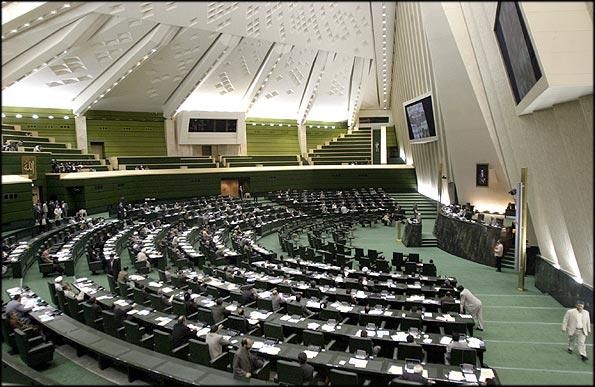
Iranian air stewardess:
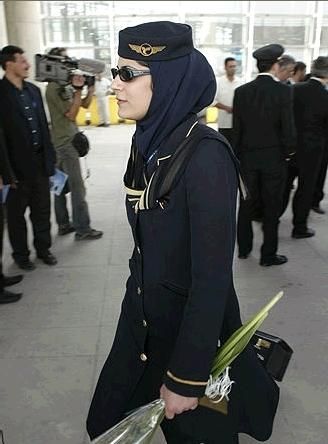
Oh also, tonight was Shabeh Chelle/Night of Yalda where we celebrate the winter solstice by eating pomegranate, watermelon, berries and nuts. and HANG OUT, yeh it's off the hizzu. Apparently this is the significance of the event: the obligatory serving of fresh fruit during mid-winter is reminiscent of the ancient customs of invoking the divinities to request protection of the winter crop. who knew?

Why I will never be able to bike in the city: The so called "joub" is a water system unique to Iran. Water from the melting snow of the mountains surrounding the city runs through these small creek-like canals on both side of the streets of Tehran, and keeps the city lush with big trees that provide soothing shadows from the hot summer sun.

In contrast to some of the congested traffic roads in the midst of the city, tehran's freeways are actually surrounded by a lot of well taken care of fields and bushes:


one of the 800+ parks in Tehran. Parks are an important place for the youth who escape the stifling atmosphere of their homes, and want somewhere to relax or meet with their friends. Just another testament to how lush and green Tehran is as a major global city!

An abstract sculpture of what seems to be two birds, in another park in tehran.

I don't know how many of you have been to the sculpture garden at the Hirsshorn Museum in DC, but there is an Arnaldo Pomodoro sculpture there of a bronze, rotating globe (sfera en sfera). It's very mechanistic and very cool. he also built one for the gardens of the MoCA in Tehran:

Speaking of the MoCA, here is a picture of an installation from there; the picture after isn't from the MoCA, but another contemp art gallery in Iran:


Imagine the cafes of Montmarte/Haight-Ashbury except surrounded by forests and slowly creeping up an enormous mountain range, and then you will understand the culture of Darband, an area of northern tehran filled with places where people can relax by eating fruit, pastries, drinking some tea and congregating with friends after a long workday.



Although some of the best pastries in the world aren't actually in Tehran (they are in Yazd--"Yazd's confectioneries have a tremendous following throughout Iran, which has been a source of tourism for the city. Workshops (experts or khalifehs) keep their recipes a guarded secret and there are many that have remained a private family business for numerous generations. Baghlava, ghotab and pashmak are the most popular sweets made in the city.")
I have heard many foreigners say that Iran has some of the best pastries around. Our baghlava is very different from Greek Baklava.



The first metro in Tehran was finally functional in 1999/2000, and they are working on new providing new lines for more areas in Tehran. I was looking at the pictures, and it looks very clean and pristine, which is kind of phenomenal cause I can't think of any subways that look like this anymore (so many of them are ooooold).



Kind of surreal, but a perfume menagerie in Tehran. I don't think those bottles on top are actually perfumes, but rather uncombined scents for perfumes.

There may be no McDonald's in Iran, but there are Chinese food joints! LOL

Built in 1974 for the purpose of hosting the Asian Games, and hopefully one day the Olympic Games. But then came the revolution which toppled the regime of the Shah, and Iran's aspiration to host the Olympics vanished over night. Back then it was called "Aryamehr Stadium" - Aryamehr was the title bestowed on the last Shah of Iran, and translates into "Light-of-the-Aryans" (The name of the country - "Iran" literally means "Aryan", which is ancient Persian for "Noble") Today it's officially called "Freedom Stadium" (Azadi). The AzadiStadium holds more than 100,000 people and the surrounding sports facilities include an indoor swimming pool which supposedly is the largest in the world, unless an even larger one has been built in recent years.

The Iranian Parliament (majlis)

Iranian air stewardess:

Oh also, tonight was Shabeh Chelle/Night of Yalda where we celebrate the winter solstice by eating pomegranate, watermelon, berries and nuts. and HANG OUT, yeh it's off the hizzu. Apparently this is the significance of the event: the obligatory serving of fresh fruit during mid-winter is reminiscent of the ancient customs of invoking the divinities to request protection of the winter crop. who knew?